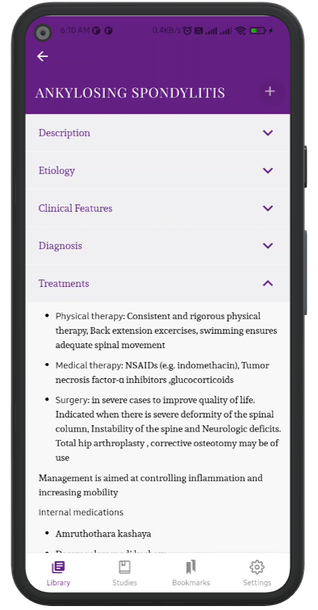HAEMOGLOBIN
Types
- Haemoglobin (Hb) is a conjugated protein present in the red blood cells. It forms more than 90% of the dry weight of these cells. Erythrocytes look red due to the presence of Haemoglobin, which is a red pigment. The primary function of Haemoglobin is to carry oxygen from the lungs to the tissues. Therefore, in conditions of Haemoglobin defi...
Description
Male:
- 14.5 g/dl (13.5-18g/dl)
Female:
- 12.5 g/dl (11.5-16g/dl)
Newborns:
- 18-22 g/dl
- At 3 months: 14-16 g/dl
- 3 months-1 year: 13-15 g/dl
When to get Tested
- When there is s/s of Anemia (weakness or fatigue, lack of energy, fainting, pallor, fast or irregular heartbeat, cold hands or feet)
- When there is s/s of Polycythemia (disturbed vision, Dizziness, headache, flushing, enlarged spleen)
- It is also done to determine eligibility for blood transfusions
Elevated Level
Physiological
- High altitude (due to hypoxia)
- Newborns & infants
Pathological
- Conditions that produce haemoconcentration (due to loss of body fluid) e.g. severe diarrhoea, vomiting
- Condition that produce hypoxia e.g. congenital heart disease, emphysema
- Polycythemia vera
- Kidney tumours
- Heavy smoking
Decreased Level
Physiological
- Pregnancy (due to haemodilution)
Pathological
- Different types of Anemia
- Sickle cell Anemia
- Excess ADH secretion as seen in pituitary tumours
- Chronic bleeding (Ulcers, polyps, menstrual bleeding)
- Iron, Folate, B12 deficiency
- Aplastic anemia
- Multiple myeloma
- Leukemia
- Chronic kidney disease
- Thalassemia

